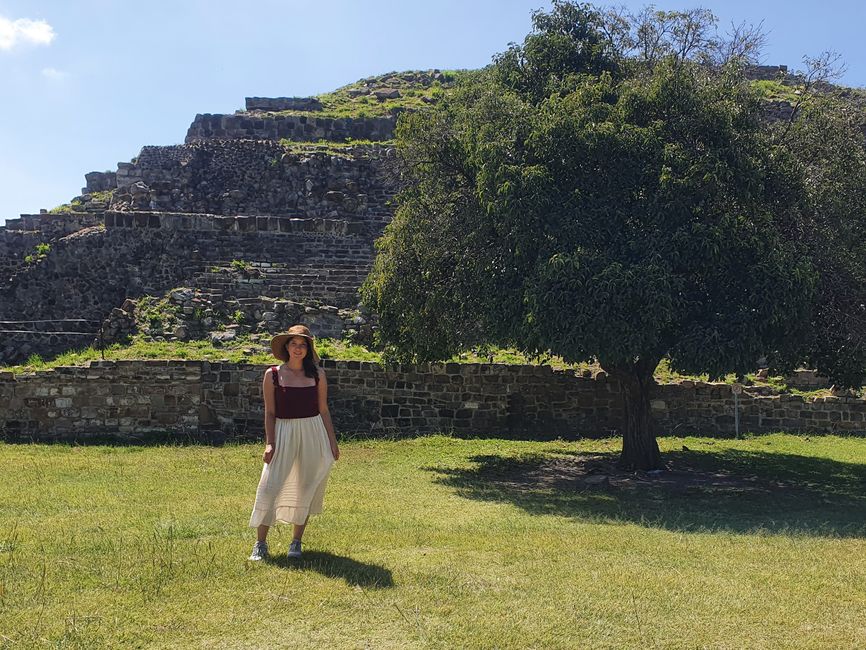Welcome 2023
Foillsichte: 08.01.2023
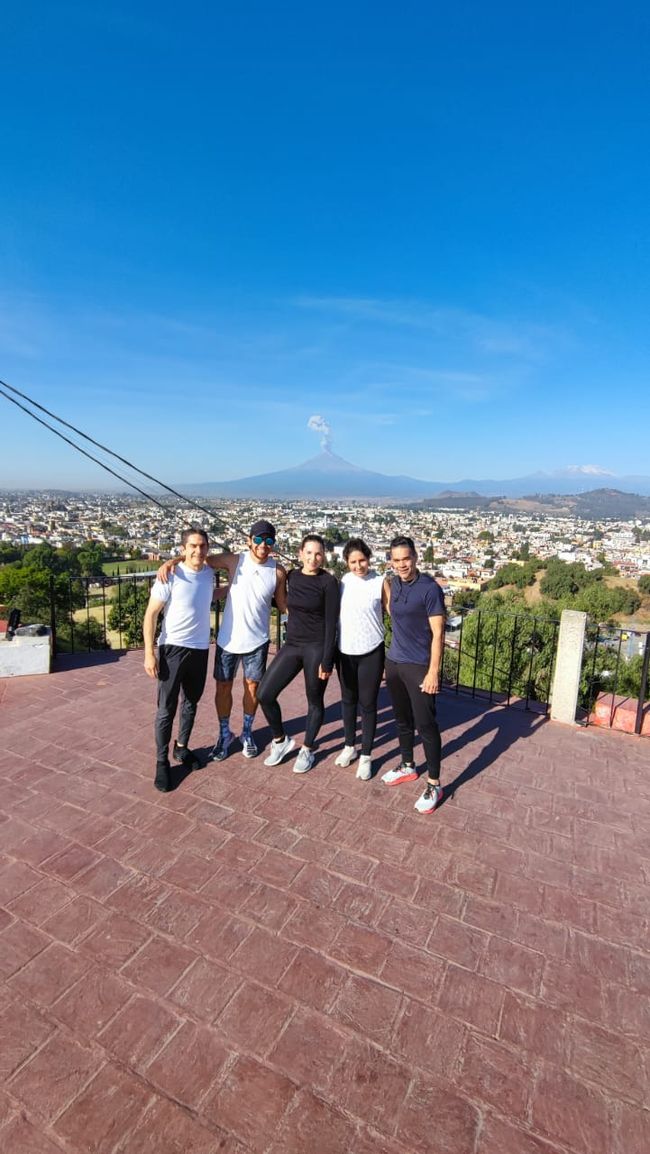
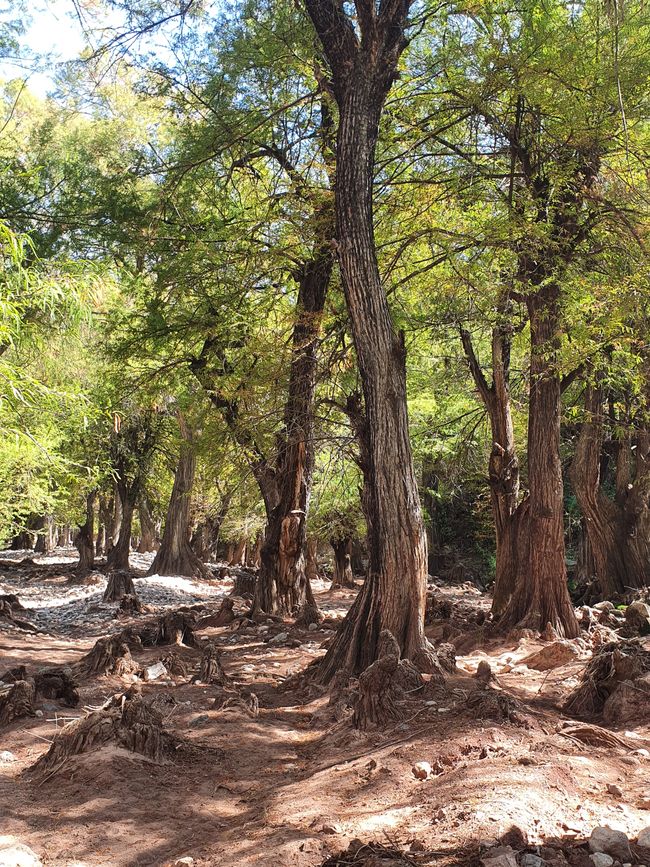
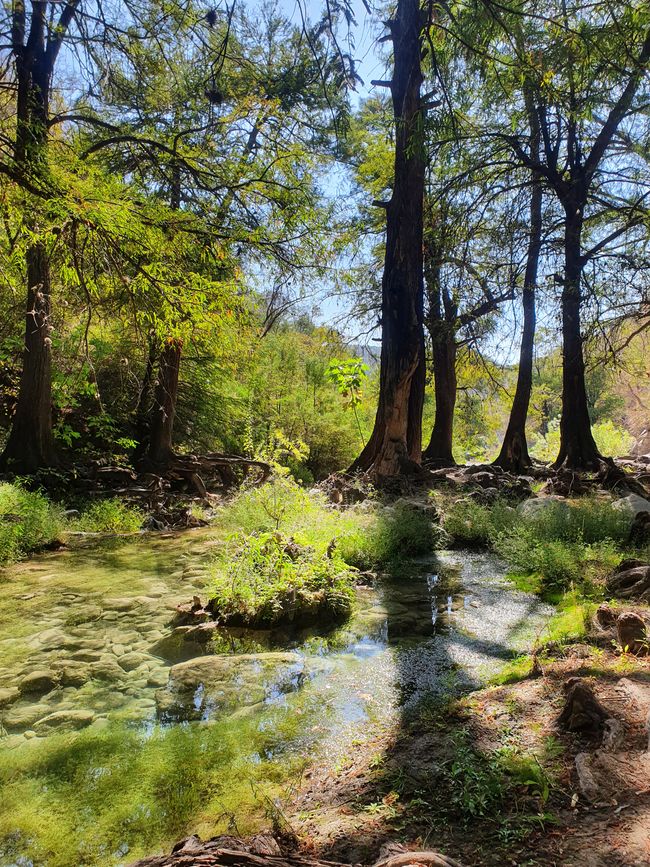
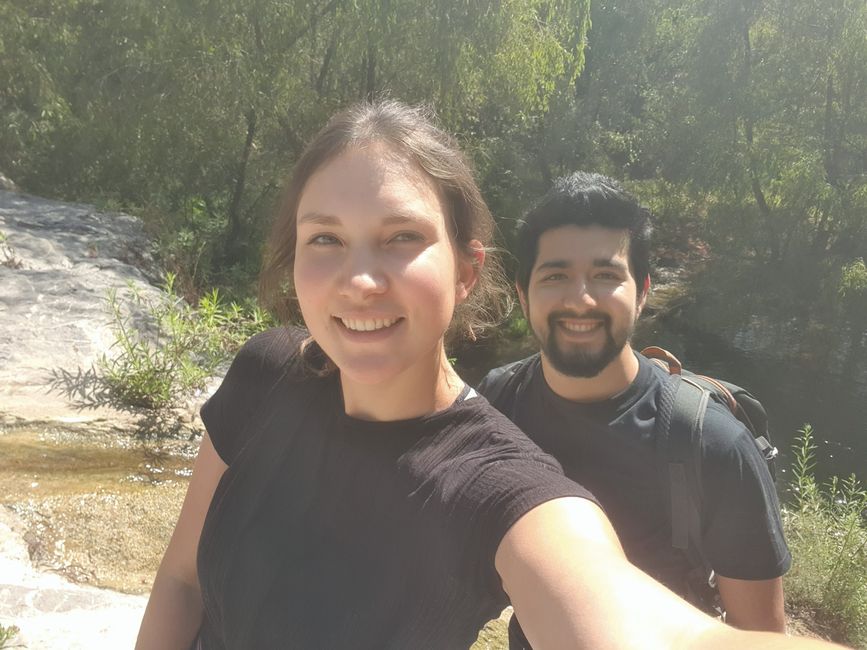
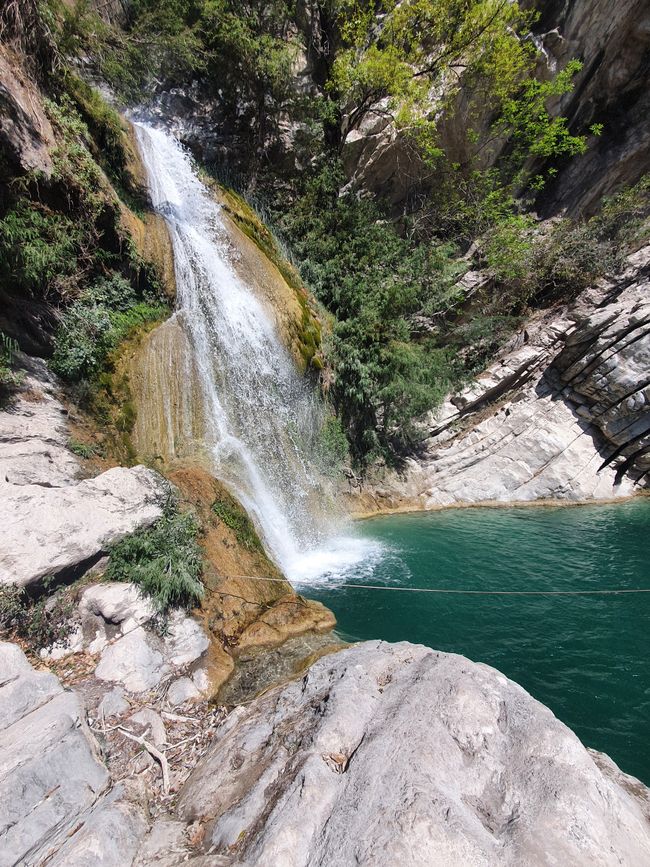
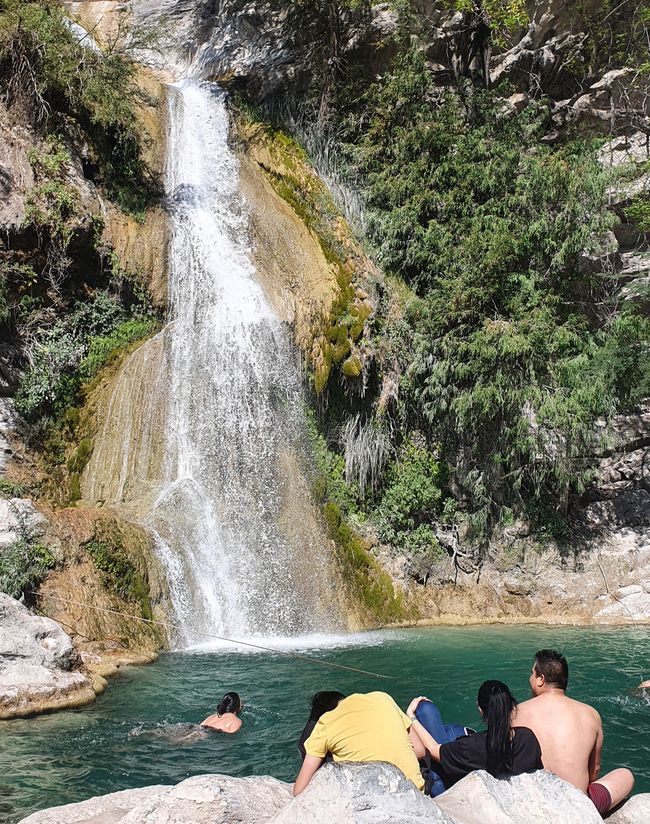
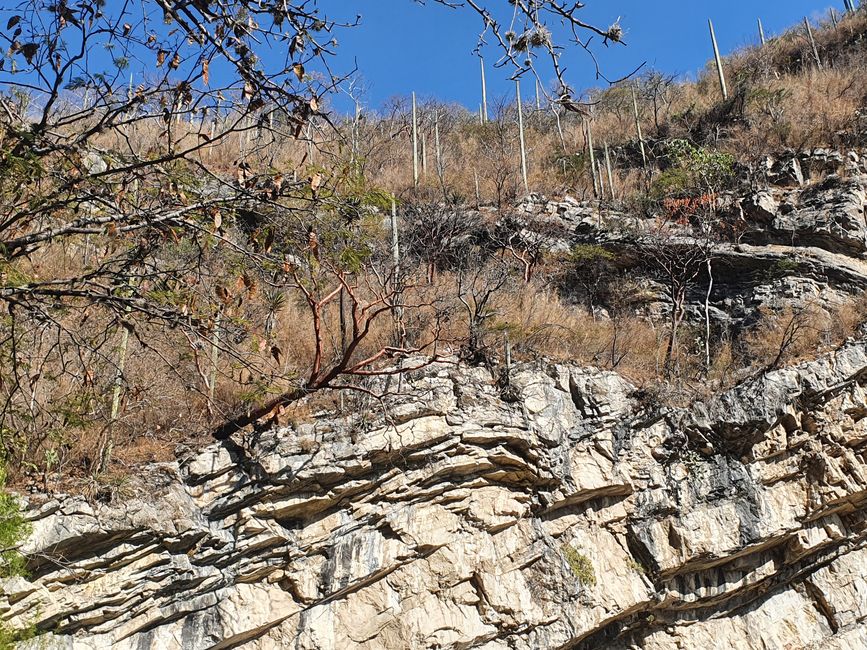
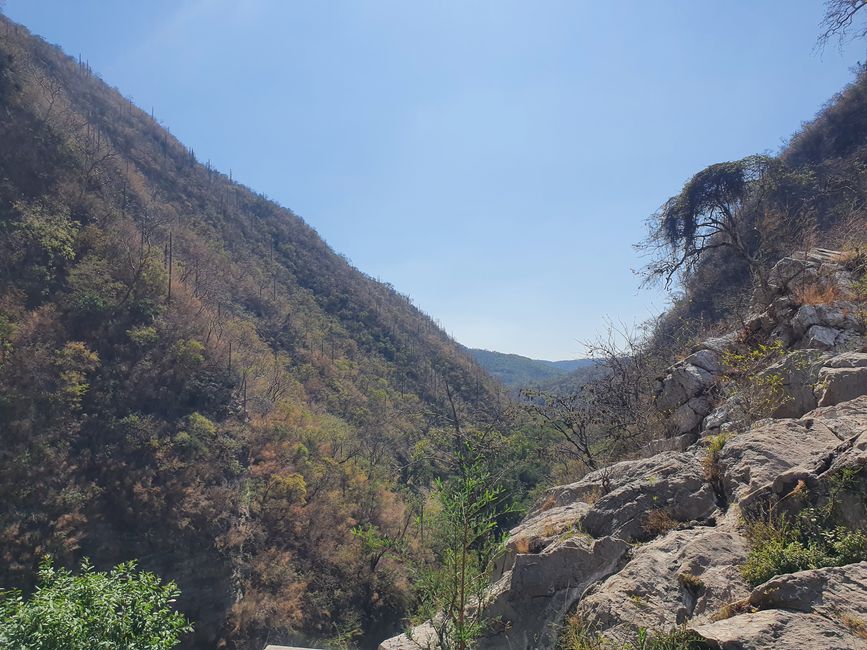
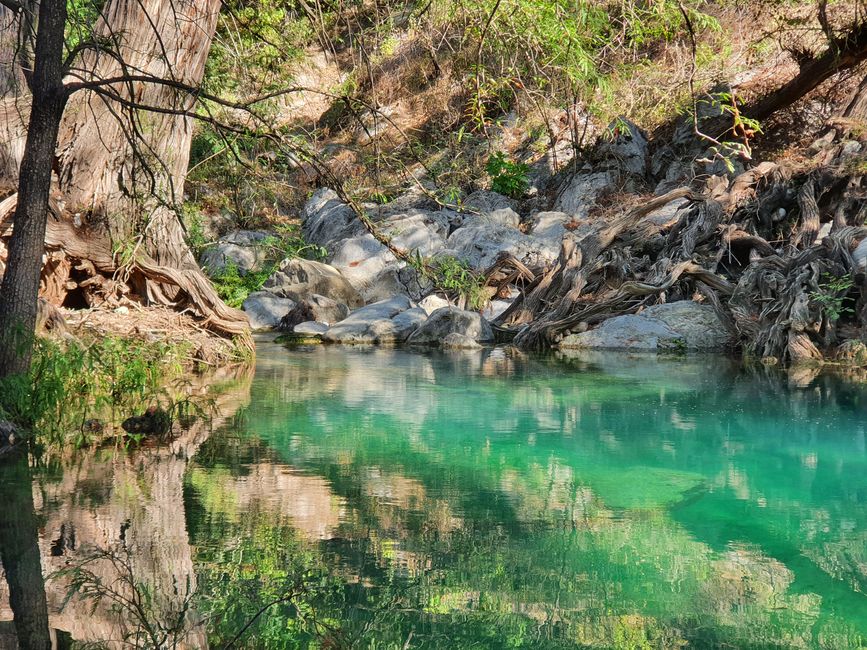
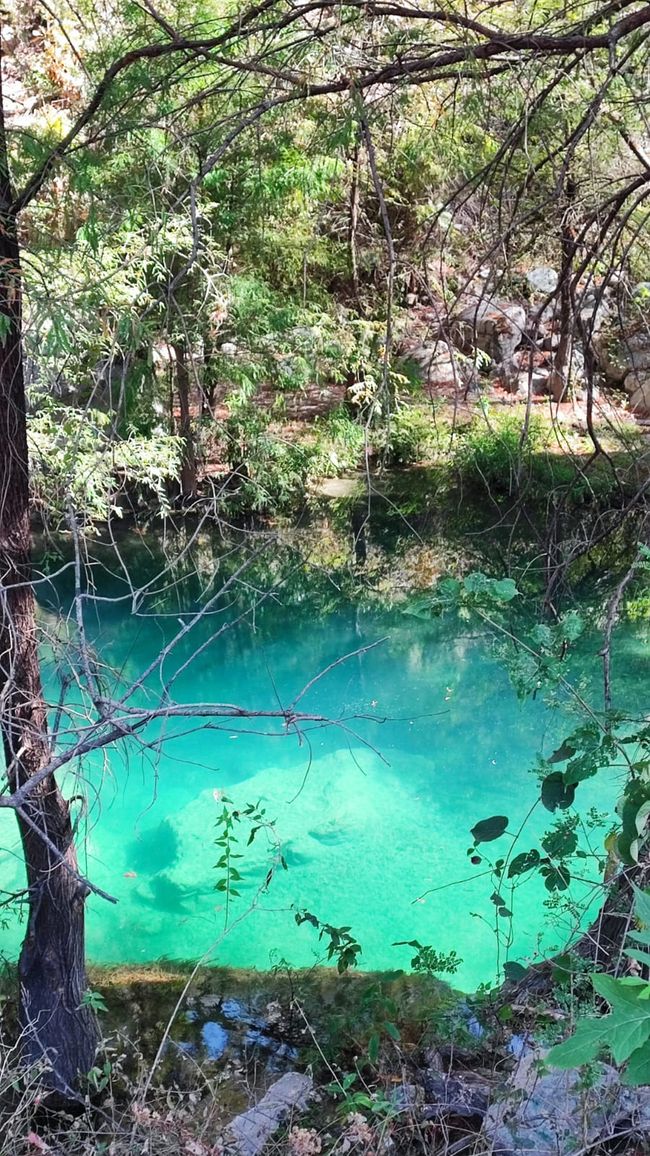
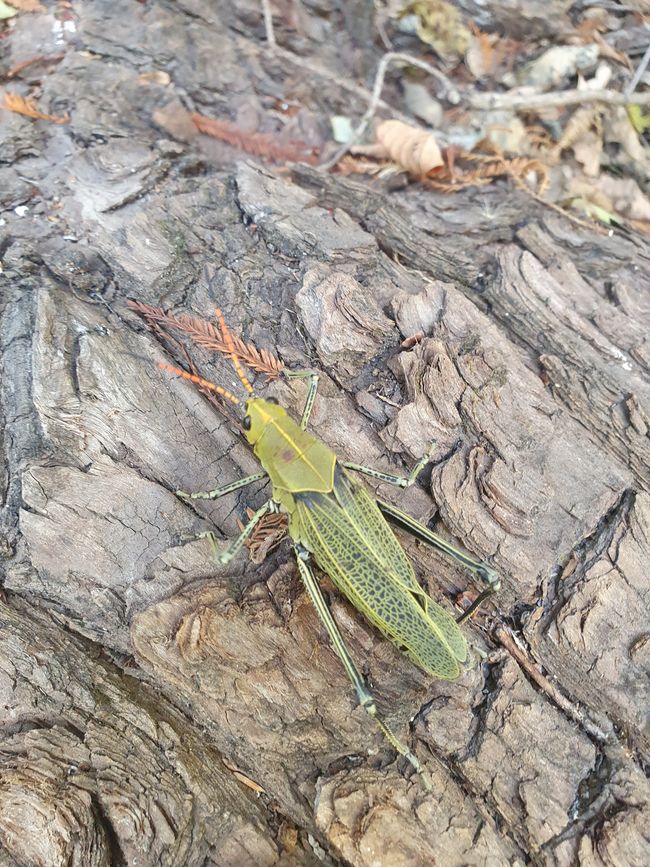
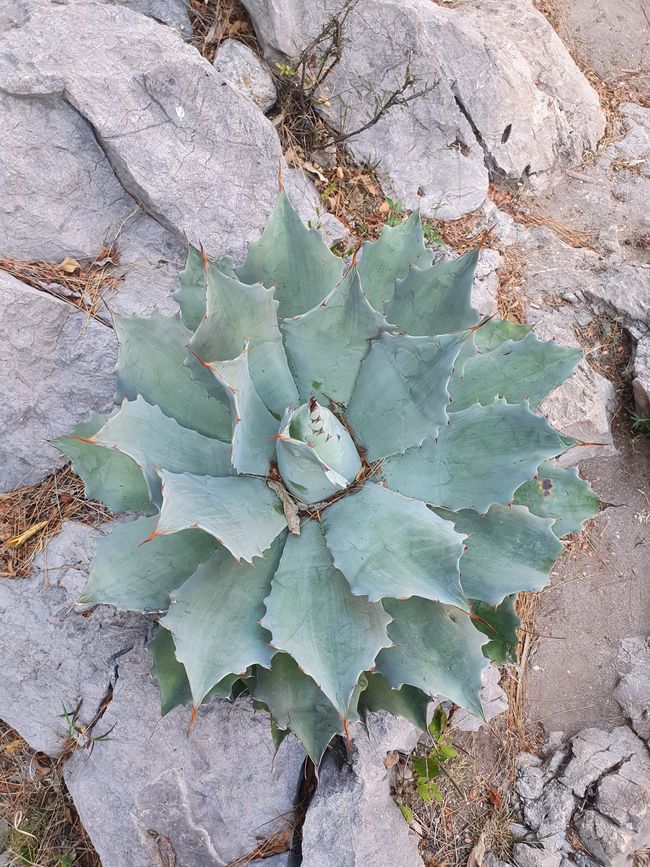
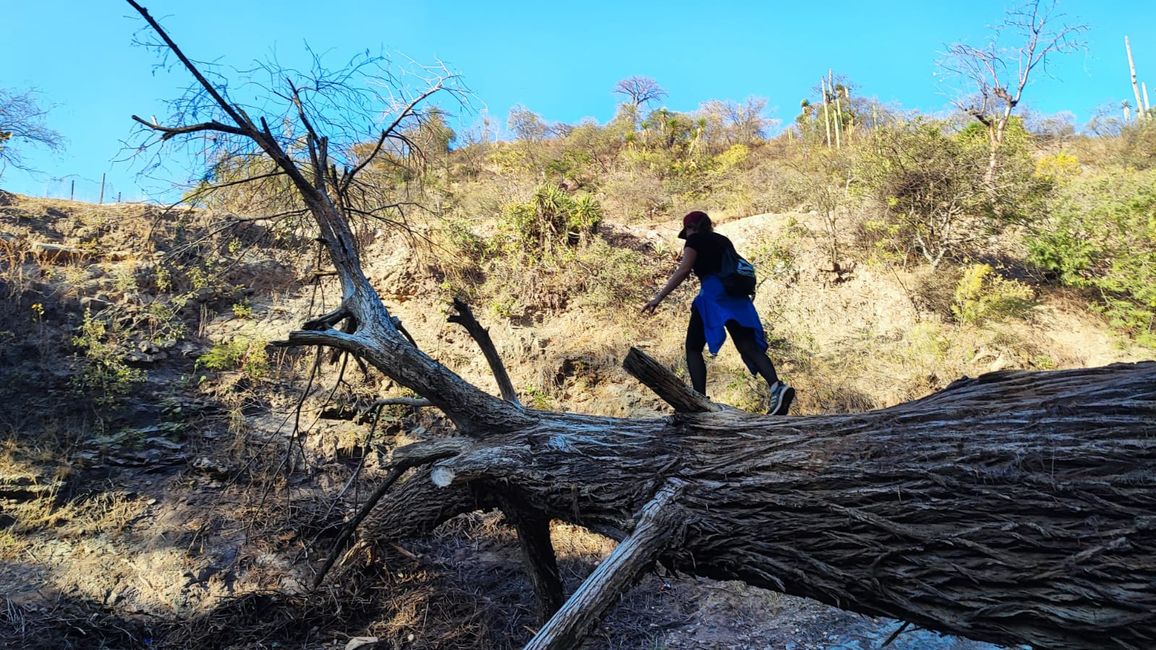
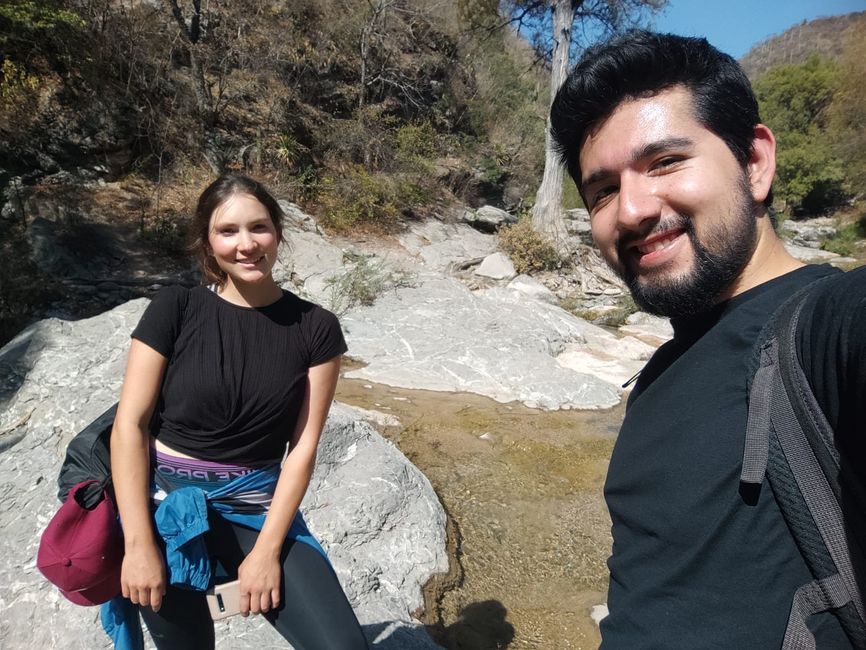
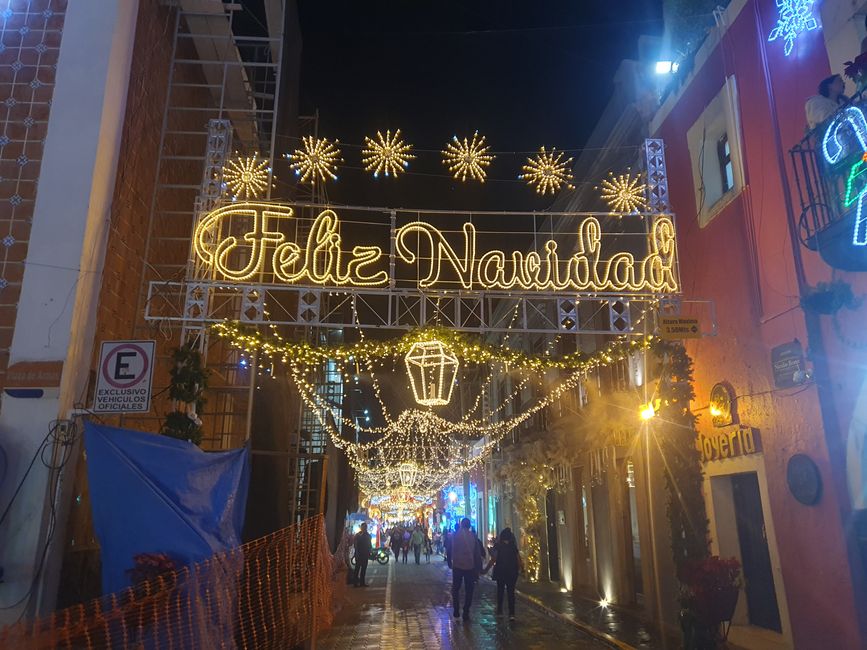
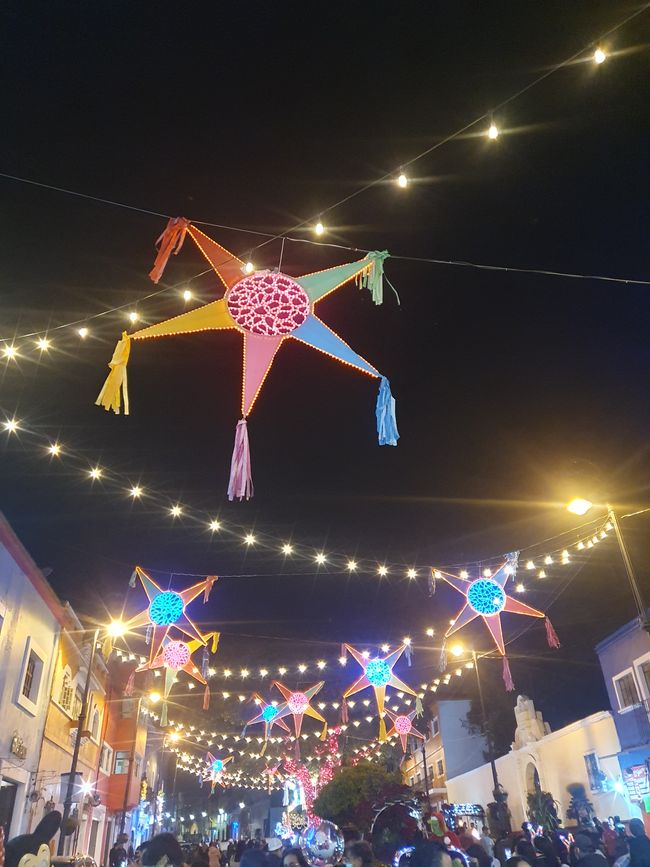
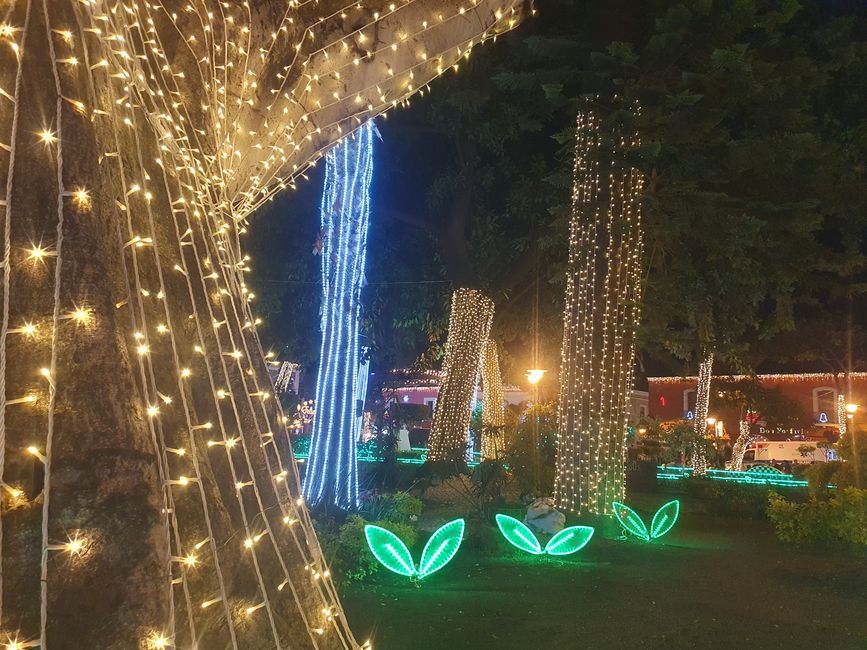
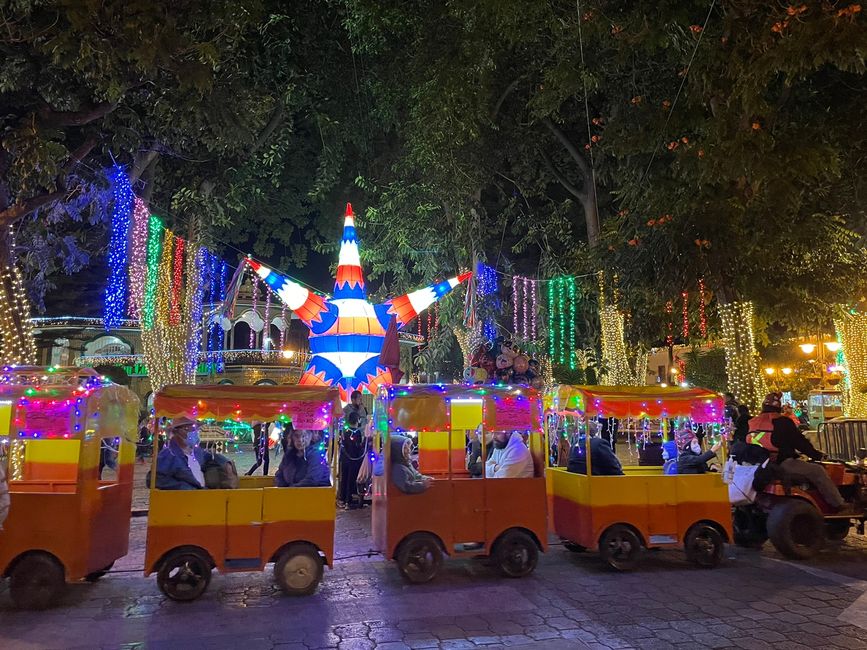
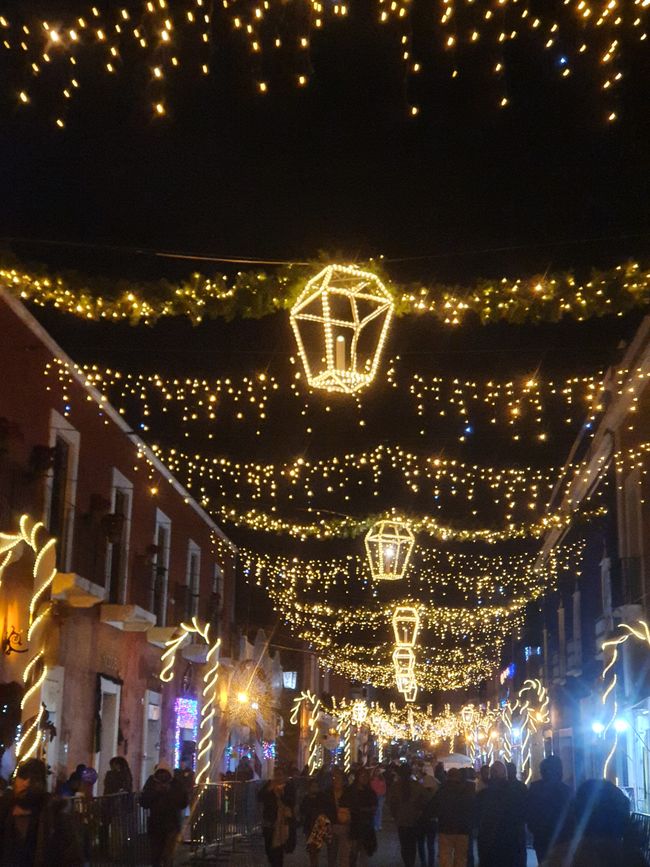
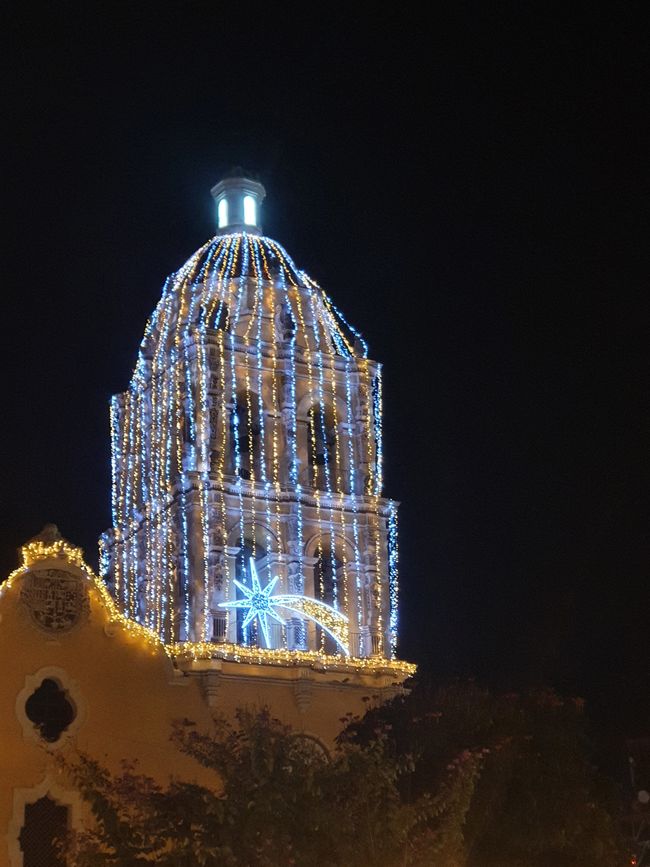
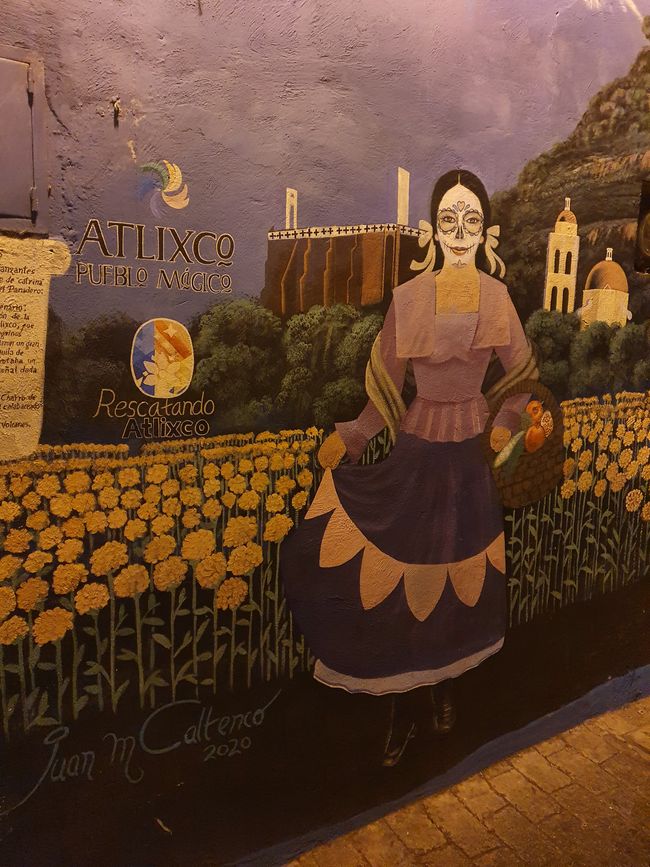
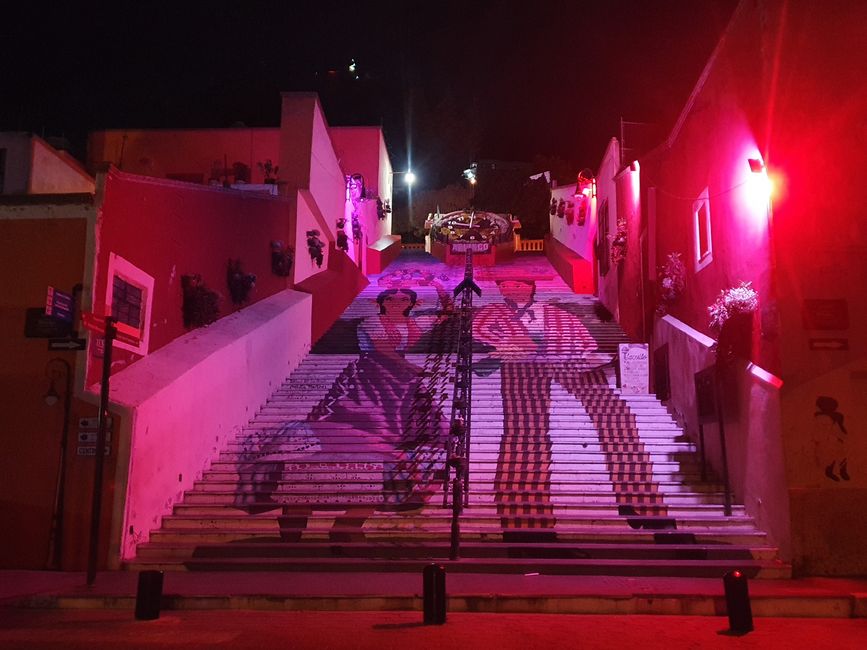
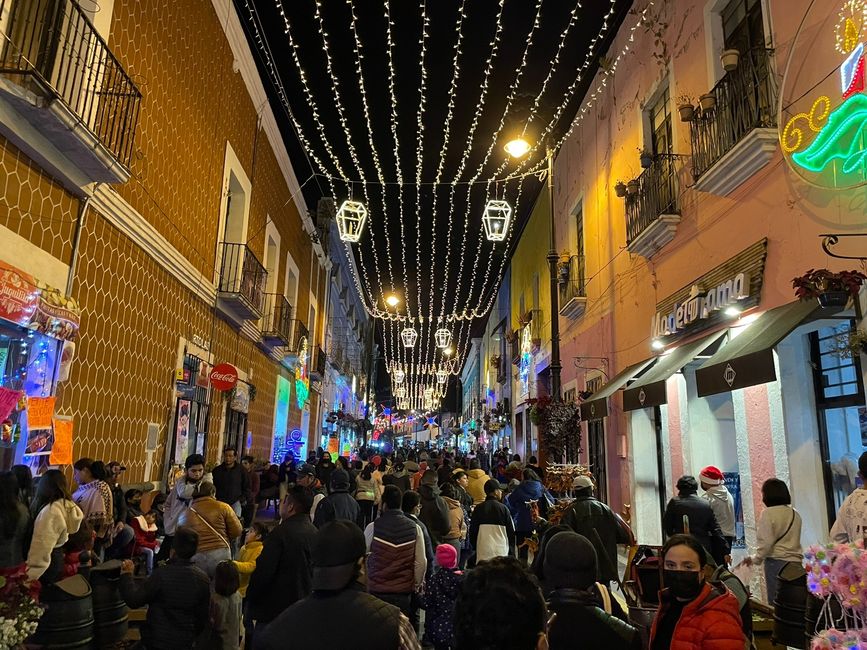
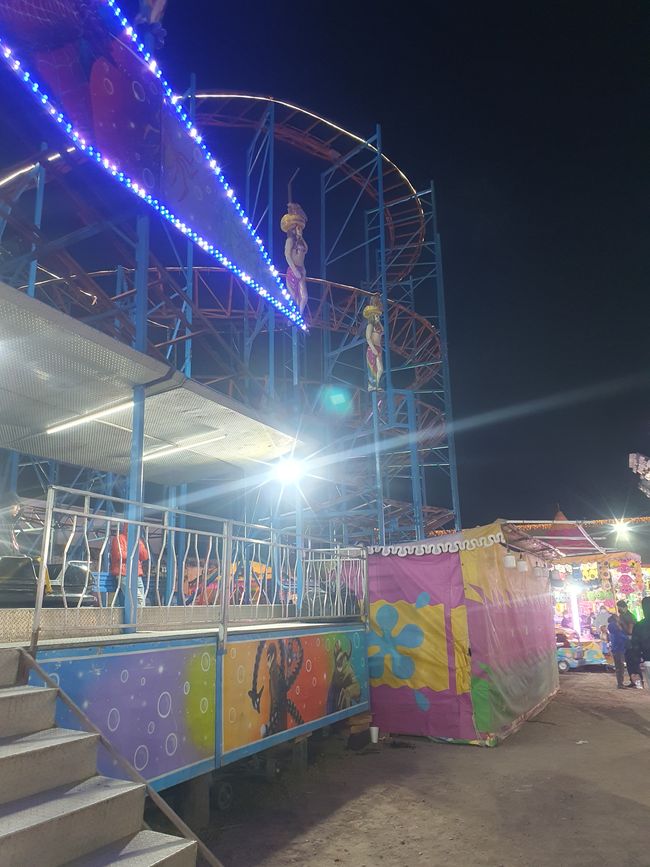
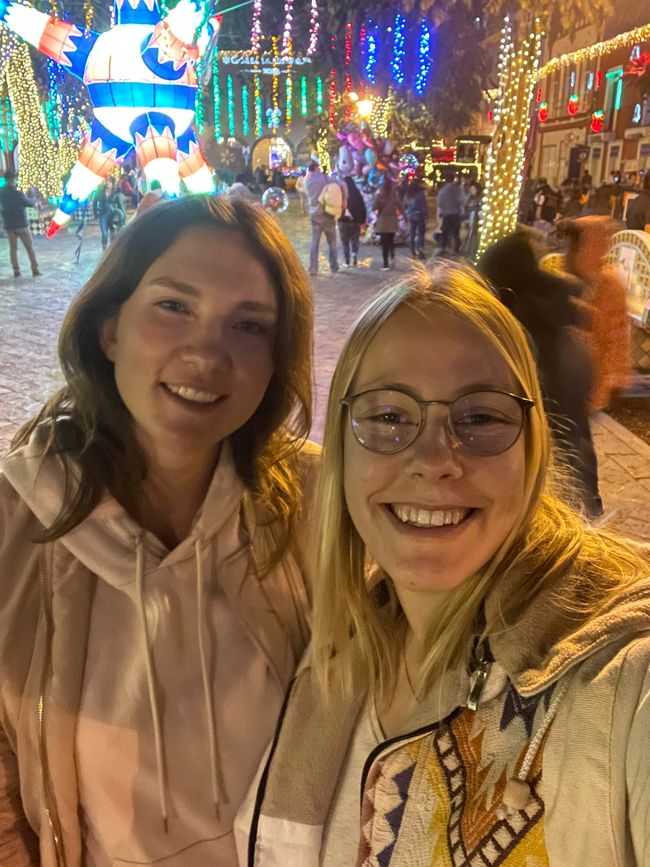
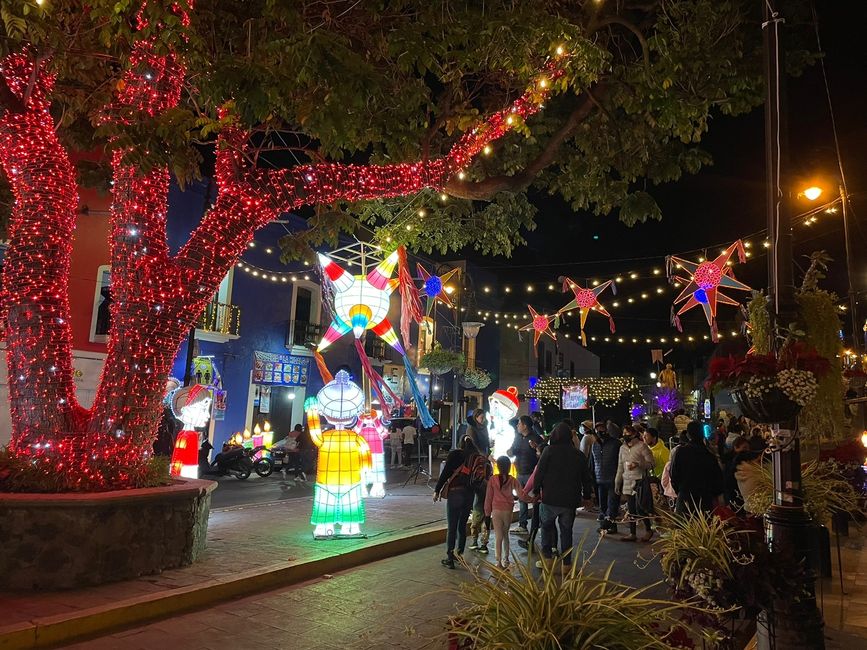
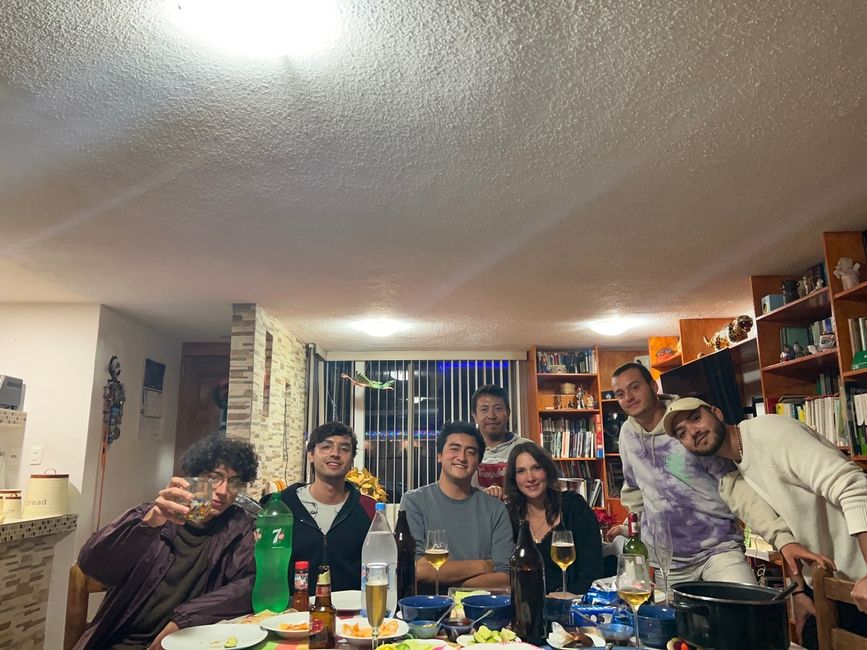
Subscribe to Newsletter
Here I will briefly report to you about my transition from 2022 to 2023 and my first week of the new year.
It is Sunday afternoon (21 degrees and sunshine, for those who are interested) and I am lying on the bed a little exhausted. This morning I already did a workout that a friend offered in a café here in Cholula. After the workout, we climbed up the pyramid of Cholula (I thought I was going to die, I haven't properly trained in a while...) and then had a delicious breakfast for four in the café.
Yesterday I went to the El Aguacate waterfalls with Abraham, a friend I recently met through work. The hiking trail to the waterfalls follows along the river bank and is beautiful. Throughout the trail, there are large, wide trees called Ahuehuetes (Mexican bald cypresses) with an incredible presence. After we arrived at the waterfalls, we continued our hike to a small pond with an unbelievable turquoise-blue color after having a little picnic by the riverbank. On our way, we also passed by towering cacti, trees with red bark, and huge agaves. The landscape there really fascinated me.
On Friday, January 6th, the Day of the Three Kings ('Día de los Reyes Magos') was celebrated here, just like in Germany. However, this day has even more significance in Mexico. In fact, it is a tradition in many families here that children receive gifts on January 6th instead of Christmas, which are brought by the Three Kings during the night of January 5th. So, it is the equivalent of Santa Claus. (Although in some Mexican families, like Carmen's family, gifts are given on Christmas as well.) On the Día de los Reyes Magos, there are also some customs, such as the consumption of 'Roscas de Reyes'. Roscas de Reyes is a traditional pastry that is eaten with friends and family on the Day of the Three Kings. It is a sweet, round bread wreath from which everyone can cut a slice one after another. At least one plastic baby figure representing the birth of Jesus is hidden in the bread. If one of the figures is in your slice, you have to take care of it until February 2nd and on that day, 'Día de Candelaria', you have to cook Tamales for everyone. The round shape of the bread wreath symbolizes the infinite love of God, which has no beginning or end. This tradition actually comes from Spain and was adopted in Mexico after the conquest.
But the Day of the Three Kings was also special for me for another reason: in the morning around 10 o'clock, Ina, Manuel, Susy, and I visited the elementary school of Tecuanipan to present our project idea(s) for an environmental education project to the teachers of the school and discuss them in a dialogue. In my opinion, the teachers were very open to our proposals and also contributed new and great ideas themselves, which now need to be integrated. From planning to implementation to documentation, I am responsible for the project and I am happy to have the opportunity to make this experience and contribute my own ideas. Some of the possible activities currently being considered include the implementation of a small school garden where we can grow herbs or medicinal plants, planting trees and fostering them, units on soil preparation or the production of fertilizers in connection with explanations of the functioning of ecosystems, basics of nutrition and cooking together or the production of products with plants/materials from the region, and so on. The main goal of the project should be that the children engage with the importance of the interconnections between the health of ecosystems, animals, and their own health. Above all, it is also about them recognizing and appreciating the value and richness of their territory and being able to experience pride in where they come from, who they are, and what they have (such as the biodiversity that their territory offers them and the abundance of their traditions). I am very curious to see how the planning will progress this month and especially how the classes with the fourth grade (where we want to implement the project) will go in the coming months. So far, it definitely feels like a meaningful project with motivated participants :)
On the evening before the project presentation, Thursday, January 5th, I was in Atlixco, a small town near Puebla, with four friends to see the 'Villa Illuminada': illuminated Christmas decorations throughout the city center that could be admired by tourists since the Christmas season until the Día de los Reyes. The interior of the city actually lit up in all kinds of colors, there was a small parade and a fair where we rode a roller coaster that didn't seem quite safe. But that provided an extra adrenaline rush during the ride.
Now, finally, a brief report on how I celebrated New Year's Eve, or 'Año Nuevo', and entered the new year: just relaxed at home with two friends and four other friends of theirs. In the house of a sociology professor who had left his home to one of the guys for a few days during his absence. But we behaved well and the house is still standing. We had a shared dinner, beer, wine (still not a good combination...), music, and nice conversations. Mexican traditions for New Year's Eve, for example, include eating 12 grapes exactly at the stroke of midnight, with the number twelve representing the twelve months and the wishes for the coming year. For children, there are often pinatas filled with candies on New Year's Eve, and Mexicans also love the fireworks at midnight to welcome the new year.
That's everything I wanted to report for now. I hope you all had a good start to the new year and are filled with anticipation, motivation, inspiration, and energy for the coming months!
Best wishes,
Sandy
Subscribe to Newsletter
Freagairt
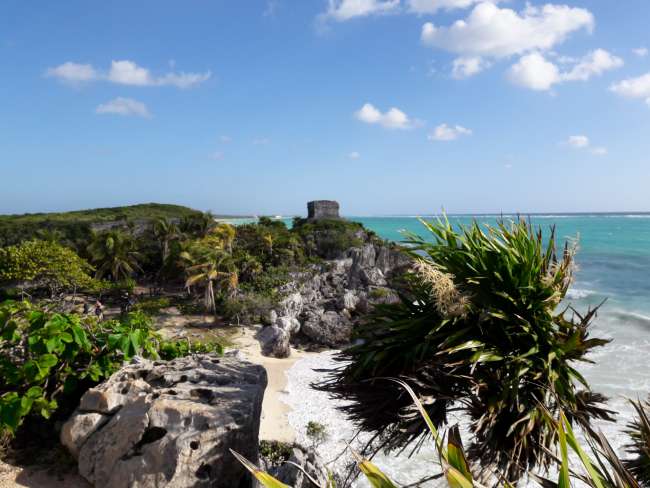
Aithisgean siubhail Megsago

